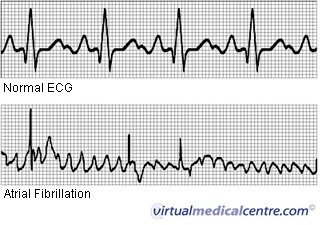Canadian scientists have discovered moss buried beneath the Canadian Arctic Teardrop glaciers as the glacier started melting. They tried to revive this moss by growing in a laboratory and the moss generated new stems.
This moss is believed to have been buried beneath the glaciers during the little ice age between 1550 to 1850 AD. There have been three main incidents of ice age on Earth - first began in 1650, second in 1770, and third in 1850. The ice ages are believed to have been caused by either a drop in solar radiation, volcanic activity, changes in the ocean circulation or drops in the human population.
 |
| Moss obtained from Canadian glaciers, revived by the scientists in the laboratory |
The glaciers have started melting due to global warming. Glaciers in the Canadian arctic region have been melting at around four metres each year, for the past nine years. This melting of glaciers could lead to reviving the vegetation in the arctic region as has been the course by the moss.
The moss had survived in dormant state for over 400 years in the cold surroundings of a glacier. However, as soon as favourable conditions - nutrient supply, sunlight, water availability - were made available to it, it regained its growth pattern. This finding can have great implication on our global temperature change as if the mosses can revive under favourable conditions, they may lead to succession to higher species of plants. This would further lead to greening the arctic region.
As I earlier described in my post, Arctic to get greener, "The greener belt would lead to increase in global warming which is contrasting to the popular belief that tree cover leads to reduction in global warming effects. This is because of the albedo effect, which means that a part of the total solar radiation received by Earth is reflected back to the outer space by the snow cover of the Arctic and the clouds. Now with the increasing greenery of the Arctic, the snow will melt, thus leading to higher radiation reaching the Earth's surface and warming it up. This will lead to further increase in the Earth's temperature which will in turn lead to melting of more ice cover. "


